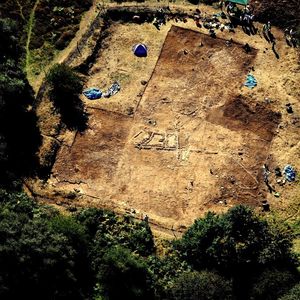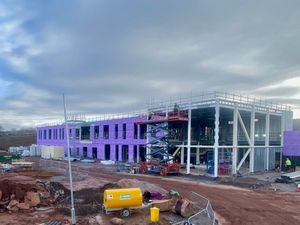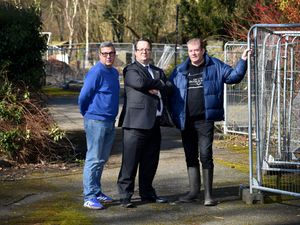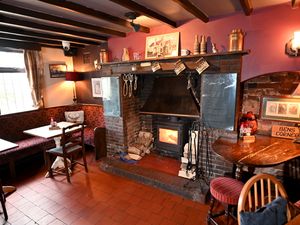Chase Messines model granted protection
A recreated model of a significant First World War battleground unearthed at a Staffordshire beauty spot has been granted special protection.

The Messines Model was dug out at the Brocton Camp on Cannock Chase to celebrate victory at the Battle of Messines.
The week-long conflict, between June 7 and 14, saw New Zealand troops play a crucial part in the siege on the Western Front which resulted in the capture of the Wytschaete-Messines ridge south of Ypres in Belgium.
It became a key location for future offensives including one of the heaviest artillery bombardments of the war.
To mark the battle the New Zealand Rifle Brigade recreated an accurate scale model at Brocton Camp to train recruits.
It was constructed by German prisoners of war using soil, concrete, bricks and pebbles.
Now Historic England has moved to safeguard the area by granting it scheduled monument status. It gives similar protection to land than listed status does to buildings and requires the Secretary of State to approve any works to it.
It also means metal detecting on the site is illegal.
Gill Heath, Communities chief at Staffordshire County Council said: “Staffordshire played a vital role training troops during the Great War and we’re incredibly proud to have such a valuable and nationally important heritage site right on our doorstep.
“It’s truly wonderful news that the site has been given such important status.
"The discovery and recording of the Messines terrain model was particularly special and, as a rare example of its kind, it is right that it is recognised as being of national significance.
"As custodians of this important landscape and its history, we will continue to remember the work of the New Zealand Rifle Brigade and its role in the Battle of Messines as well as the many British units who trained on the Chase."
The Messines model became a popular tourist attraction after the camp was dismantled in the wake of the war.
But over the years it became neglected and lost.
In 2013 the council led an excavation of the site which was recorded as the only known model of its type.
It was covered over to protect it from damage and erosion. There are now plans to mark the plot as part of a heritage trail to celebrate the achievement of both the battle and the model that it inspired.
Historic England have also granted the same protection to the 'Bulford Kiwi', a large white chalk figure carved into the hillside above Bulford Camp, near Stonehenge, Wiltshire, by New Zealand troops to commemorate fallen comrades.
Roger Bowdler, director of listing at Historic England, said: "Like so much of our historic environment, these lasting reminders enable us to connect with lives and events from the past that made us who we are as a nation. One hundred years on, it is right to remember New Zealand's valour.”





